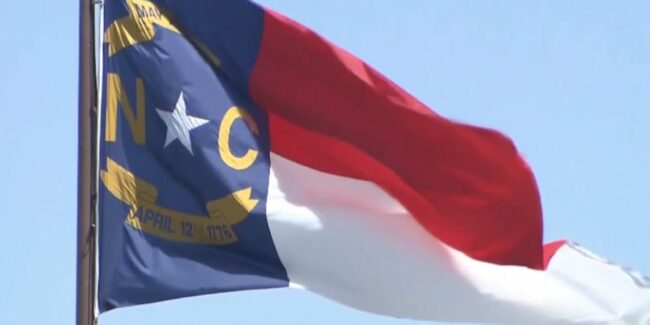Mild 50s Saturday in North Carolina | Dangerously cold wind chills expected Sunday in the Mountains
… Foothills and Piedmont Triad in North Carolina and Virginia. The Mountains will have … possible in the Mountains of North Carolina as feels like temperatures range … Foothills and Piedmont Triad in North Carolina and Virginia. The Mountains will have …



